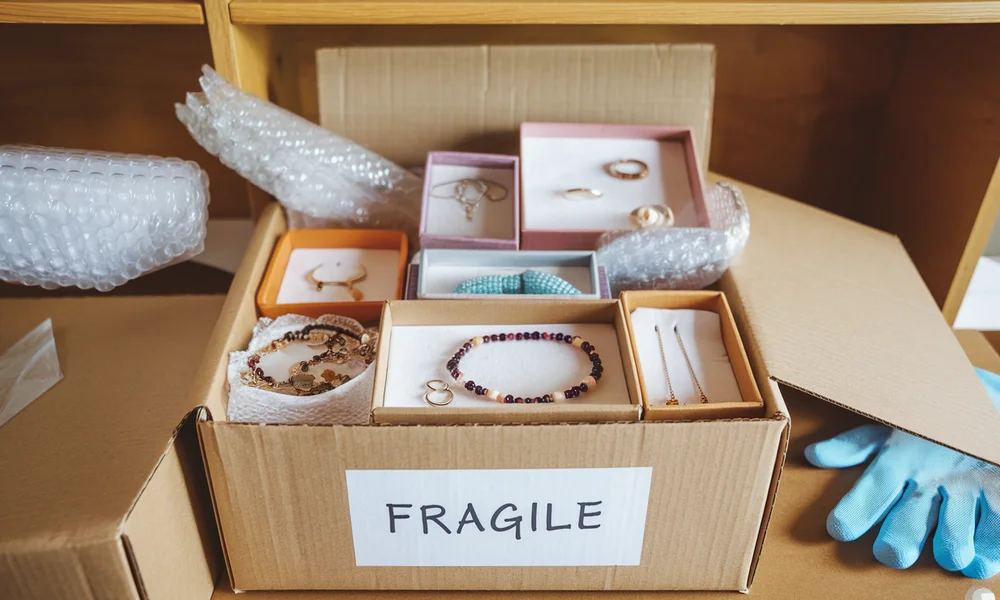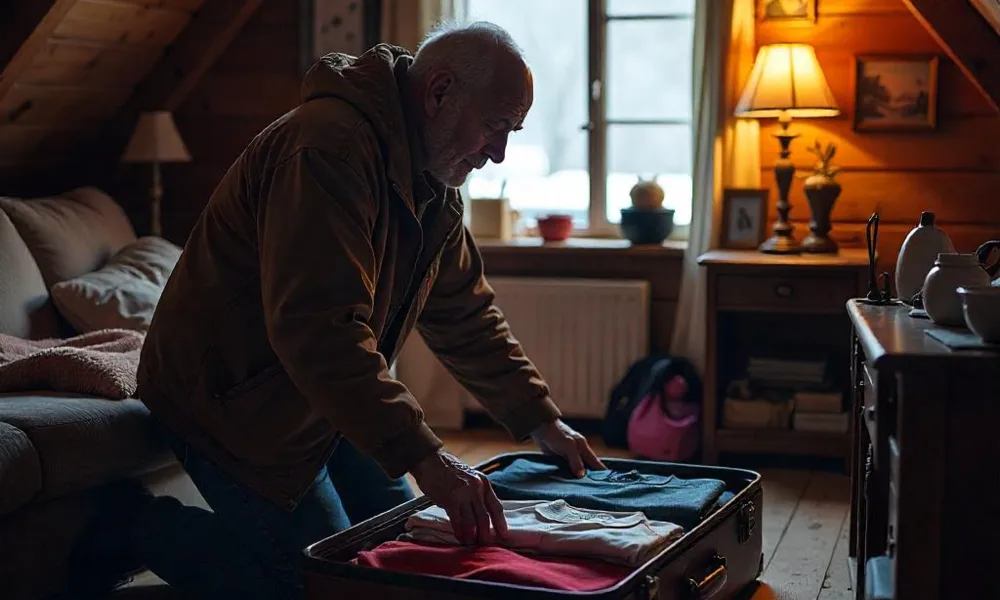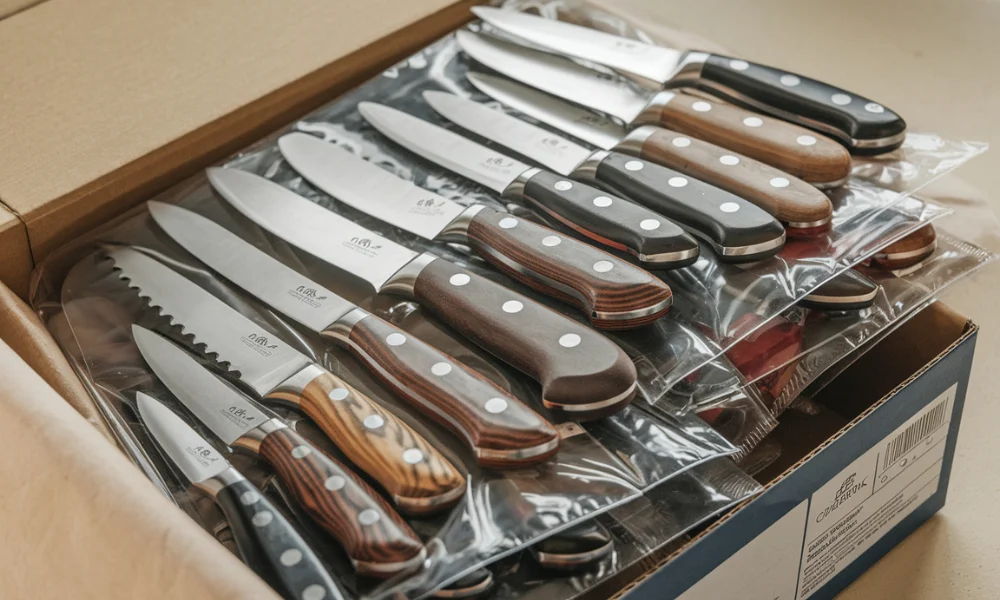How To Pack Legos For Moving
How to pack Legos for moving requires special care due to their intricate and often delicate nature. Unlike many other items, LEGO sets consist of small, easily lost pieces and can be complicated to reassemble if damaged or disorganized. Preserving the integrity of LEGO sets during a move is essential to ensure that none of the pieces are lost, broken, or damaged in the process. The key to successful moving LEGO sets lies in careful planning and the right packing techniques. This article will focus on providing practical packing tips, necessary equipment, and other essential moving considerations to help ensure your LEGO collection arrives at its new home intact and ready to be enjoyed again. Equipment & Supplies You Need to Pack LEGO Sets for Moving When preparing to move LEGO sets, it’s essential to have the right supplies to ensure that all your pieces are safe, organized, and easy to access during the move. Here’s a breakdown of the key equipment you’ll need for packing your LEGO sets: Bubble Wrap – Protecting delicate pieces and fragile components is crucial when moving LEGO sets. Bubble wrap offers excellent cushioning, keeping your sets intact during transport. Use it for larger components or delicate parts that might easily get damaged. Storage Bins & Boxes – Choosing the right size bins and boxes is important when moving LEGO sets. You’ll need enough space to sort and organize different sets. Opt for clear plastic bins, as they allow you to easily see the contents, making it easier to find what you need during the unpacking process. Ziplock Bags – These are great for storing smaller pieces and minifigures. When moving LEGO sets, it’s easy for small pieces to get lost, so using ziplock bags helps to keep everything organized. Label each bag according to the set or component, so nothing gets mixed up. Packing Paper – For additional cushioning inside boxes, packing paper is a great option. It provides extra padding for your LEGO sets and protects against bumps and shocks during the move. Wrap the LEGO sets in packing paper before placing them in storage bins to avoid any breakage. Markers/Labels – To keep everything organized, it’s essential to label your boxes and bags. Use markers to label the contents of each box or bag, especially if you’re moving multiple LEGO sets. This will save you time and frustration when it’s time to unpack. Plastic Containers – For easy storage and quick access during the move, plastic containers are incredibly useful. They’re sturdy and can keep your LEGO sets in good condition while offering portability and flexibility during the move. Packing Tape – Don’t forget packing tape to securely seal all your boxes. This ensures that your LEGO sets stay protected inside their containers and that nothing accidentally falls out during the move. With these supplies on hand, packing LEGO sets for moving becomes a much easier and more efficient task. By carefully sorting, wrapping, and labeling everything, you’ll be able to keep your collection safe and organized throughout the process. You can also read about moving services in Los Angeles. What to Do Before Packing LEGO Sets for Moving Before you begin the process of packing your LEGO sets for moving, there are a few important steps to take to ensure everything is organized, safe, and easy to reassemble later. Here’s a guide on how to prepare your LEGO sets for the move, making it the best way to move Legos: Sort and Organize Your Legos Sorting and organizing your LEGO pieces is a key step in making your move more manageable. Separate the sets by size, color, or type to keep everything easy to find. You can even organize smaller pieces or unique components into ziplock bags to prevent them from getting lost during the move. This will make it easier to reconstruct the sets later and help maintain the order of your collection. Disassemble Larger Models If you have large, complex models, it’s a good idea to disassemble them before packing. Breaking down these models into smaller sections will make them easier to pack and reduce the risk of pieces getting damaged during transit. This also helps avoid overloading boxes with too much weight. Disassembling your models is one of the best ways to move Legos, as it ensures every component stays safe and compact. Take Photos of Your LEGO Setups A simple yet effective trick when preparing to move LEGO sets is to take detailed photos of your setups. This can be extremely helpful for reassembling your sets later. By capturing the way each set is arranged, you’ll have a reference to guide you as you put everything back together after the move. Plus, it’s an easy way to ensure that nothing important is forgotten. Check for Missing Pieces Before packing your LEGO sets for the move, make sure to check for any missing pieces. Double-check the boxes and bags for any parts that might have been misplaced or lost. If you discover any gaps, consider ordering replacement parts ahead of time, so you’re not left searching for a missing piece when you’re ready to rebuild. 5 Steps of How to Pack Legos for Moving Packing your LEGO sets for a move can be a daunting task, but with the right approach, you can ensure everything stays safe and organized. Follow these five essential steps to make LEGO moving a breeze: Step 1: Sort & Organize the Pieces Before you start packing, it’s crucial to sort your LEGO pieces. Divide them into categories based on the sets or types of bricks. This will make it much easier to unpack and rebuild later. You can use bags or containers to separate different parts, ensuring that smaller pieces don’t get lost or mixed up during the move. This organization is key to keeping everything in order throughout the LEGO moving process. Step 2: Disassemble Larger Builds If you have large, complex LEGO models, disassembling them before packing is a good











